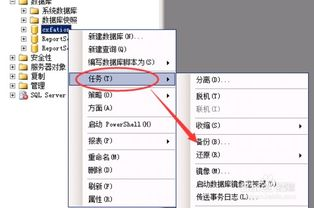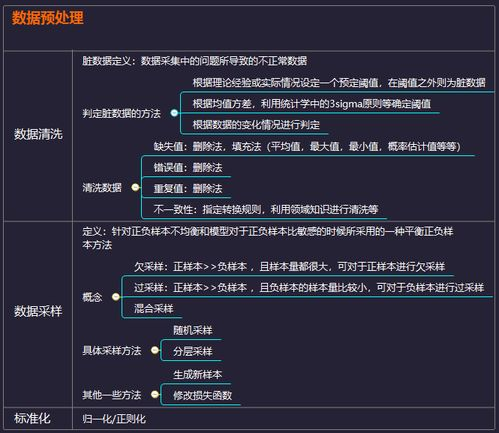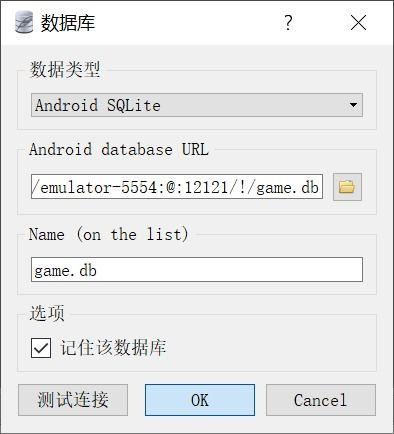C#实现服务器文件下载到本地的方法
在日常的软件开发过程中,我们经常需要将服务器上的文件下载到本地进行处理。这种需求在各种应用场景中都有广泛的应用,比如文件备份、资源同步等。那么如何使用C#语言实现将服务器文件下载到本地呢?下面我们就来详细探讨一下。
1. 使用WebClient类下载文件
WebClient类是.NET Framework中提供的一个用于下载文件的类,它封装了HTTP协议的基本操作,使得下载文件变得非常简单。下面是一个示例代码:
```csharp using System; using System.Net; public class DownloadFile { public static void Main(string[] args) { string url = "e.com/file.zip"; string localPath = "C:\\file.zip"; using (WebClient client = new WebClient()) { client.DownloadFile(url, localPath); Console.WriteLine("File downloaded successfully!"); } } } ```
在上述代码中,我们首先定义了服务器文件的URL和本地保存路径。然后创建一个WebClient实例,并调用其DownloadFile方法下载文件。该方法的两个参数分别是服务器文件的URL和本地保存路径。下载完成后,我们在控制台输出提示信息。
2. 使用HttpWebRequest类下载文件
除了使用WebClient类,我们也可以使用HttpWebRequest类来下载文件。这种方式相对于WebClient类来说更加灵活,可以对下载过程进行更细致的控制。下面是一个示例代码:
```csharp using System; using System.IO; using System.Net; public class DownloadFile { public static void Main(string[] args) { string url = "e.com/file.zip"; string localPath = "C:\\file.zip"; HttpWebRequest request = (HttpWebRequest)WebRequest.Create(url); HttpWebResponse response = (HttpWebResponse)request.GetResponse(); using (Stream responseStream = response.GetResponseStream()) { using (FileStream fileStream = new FileStream(localPath, FileMode.Create)) { byte[] buffer = new byte[4096]; int bytesRead; while ((bytesRead = responseStream.Read(buffer, 0, buffer.Length)) > 0) { fileStream.Write(buffer, 0, bytesRead); } } } Console.WriteLine("File downloaded successfully!"); } } ```
在上述代码中,我们首先创建一个HttpWebRequest实例,并设置其URL属性为服务器文件的URL。然后调用GetResponse方法获取服务器的响应,并从响应流中读取数据,将其写入到本地文件流中。最后在控制台输出提示信息。
这种方式相对于WebClient类来说更加灵活,可以对下载过程进行更细致的控制,比如添加HTTP头部信息、处理异常等。但同时也增加了代码的复杂度。






